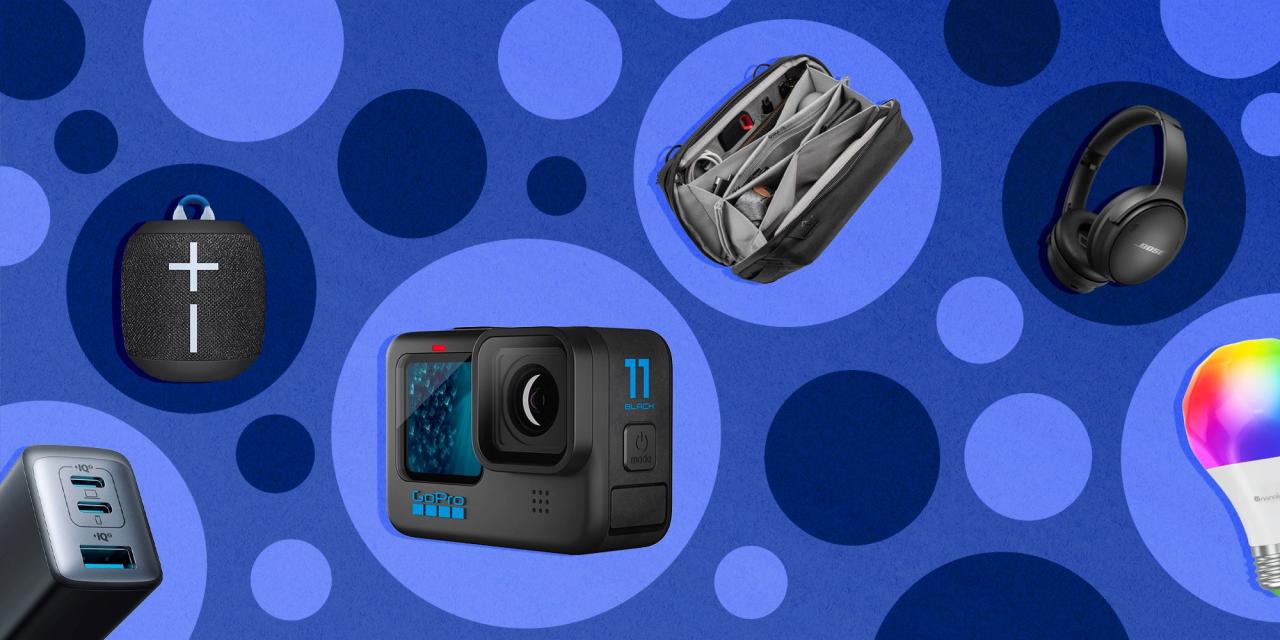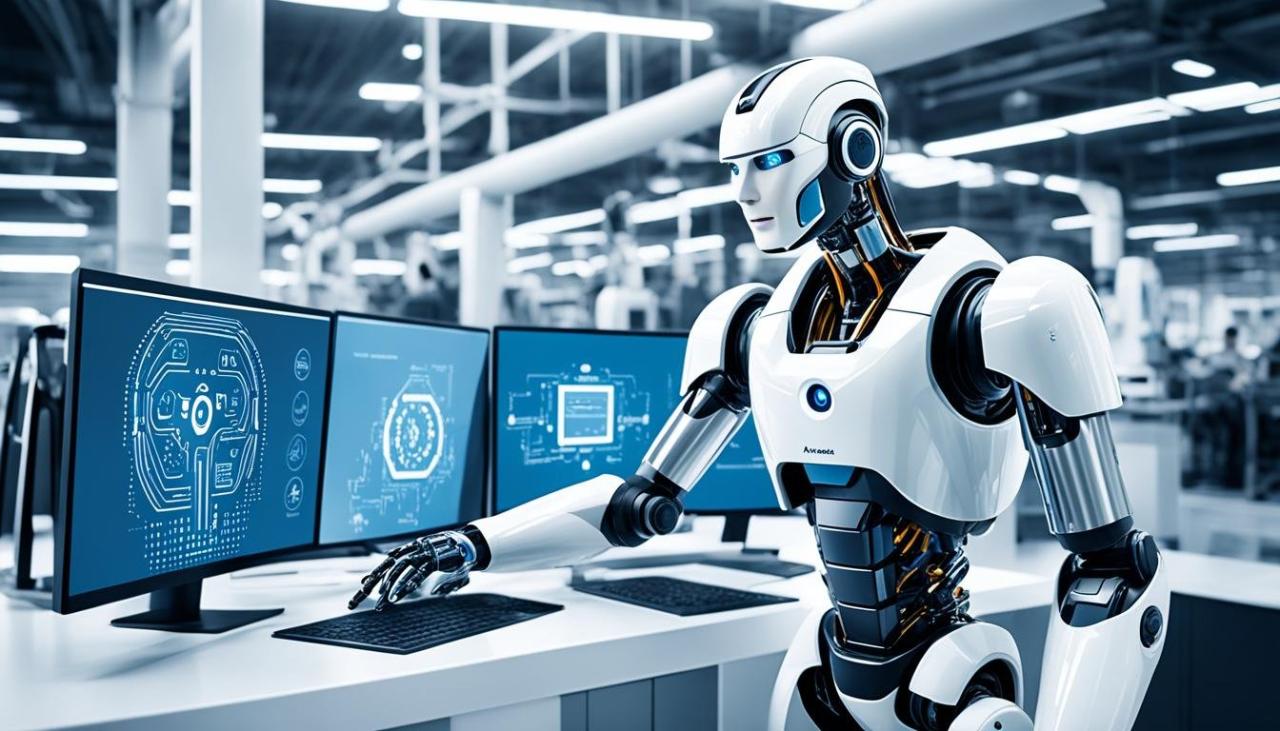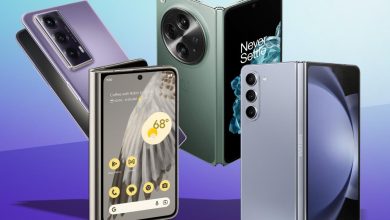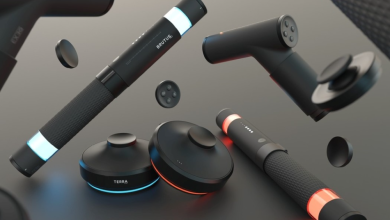AI Gadgets Changing Lives

Artificial Intelligence (AI) has evolved from a futuristic concept to an essential part of our daily lives. In 2025, AI-powered gadgets are revolutionizing how we work, communicate, and entertain ourselves. From smart home assistants to health-monitoring wearables, these devices are making life more efficient, personalized, and secure. This comprehensive guide explores the most impactful AI gadgets of 2025, their benefits, and how they are shaping the future.
Why AI Gadgets Are Essential in 2025
AI gadgets are no longer optional—they are becoming fundamental tools for modern living. Here’s why:
-
Enhanced Efficiency: Automate routine tasks to save time.
-
Personalized Experiences: Adapt to user preferences for tailored interactions.
-
Improved Health & Safety: Monitor well-being and detect potential risks.
-
Smarter Home Automation: Control appliances with voice or predictive AI.
-
Seamless Connectivity: Integrate with other smart devices for a unified ecosystem.
With rapid advancements in machine learning and neural networks, AI gadgets in 2025 are more intuitive and powerful than ever.
Top 6 AI Gadgets Revolutionizing 2025

A. AI-Powered Smart Glasses (e.g., Meta Ray-Ban 2, Google AR Glasses)
Key Features:
-
Real-time language translation for global communication.
-
Augmented Reality (AR) overlays for navigation and information.
-
Voice-controlled AI assistant (Meta AI, Google Gemini).
-
Health monitoring (tracking heart rate, steps, and fatigue levels).
Pros:
✔ Hands-free access to information.
✔ Enhanced productivity for professionals.
✔ Stylish designs from brands like Ray-Ban.
Cons:
✖ Limited battery life (4-6 hours of continuous use).
✖ Privacy concerns with always-on cameras.
B. Next-Gen AI Home Assistants (e.g., Amazon Echo 2025, Google Nest Hub Ultra)
Key Features:
-
Advanced natural language processing for human-like conversations.
-
Predictive automation (adjusting thermostats, lights, and security based on habits).
-
Multi-device synchronization (controlling entire smart homes).
-
Emotion detection to respond appropriately to user moods.
Pros:
✔ Seamless smart home integration.
✔ Improved voice recognition accuracy.
✔ Proactive suggestions (e.g., reminders, shopping lists).
Cons:
✖ Potential data privacy risks.
✖ High cost for premium models.
C. AI Health Monitors (e.g., Apple Watch X, Withings AI ScanWatch)
Key Features:
-
Early disease detection (AI analyzes blood pressure, ECG, and sleep patterns).
-
Personalized fitness coaching (adaptive workout plans).
-
Stress and mental health tracking (using biometric feedback).
-
Emergency SOS with fall detection.
Pros:
✔ Lifesaving health alerts (e.g., irregular heartbeat).
✔ Deeper insights into long-term wellness.
✔ Syncs with smartphones for comprehensive reports.
Cons:
✖ Requires frequent charging.
✖ Premium models are expensive.
D. AI-Powered Robot Vacuum (e.g., Roborock S10 Pro, iRobot Roomba j10+)
Key Features:
-
3D mapping & obstacle avoidance for precise cleaning.
-
Self-emptying dustbins & mopping functions.
-
Voice command compatibility (Alexa, Google Assistant).
-
AI-learned cleaning patterns (adapts to home layout).
Pros:
✔ Saves time on household chores.
✔ Works on multiple surfaces (carpet, tiles, wood).
✔ Low maintenance with self-cleaning features.
Cons:
✖ Struggles with very dark or high-pile carpets.
✖ High initial investment.
E. AI-Enhanced Security Cameras (e.g., Arlo Pro 6, Nest Cam IQ 2025)
Key Features:
-
Facial recognition to distinguish family vs. strangers.
-
Real-time threat detection (gunshots, breaking glass).
-
Automated emergency alerts (police, fire department).
-
Cloud storage with AI-powered video summaries.
Pros:
✔ Enhanced home and business security.
✔ Reduces false alarms with smart detection.
✔ Remote monitoring via smartphone.
Cons:
✖ Subscription fees for advanced features.
✖ Privacy concerns with facial recognition.
F. AI-Powered Kitchen Appliances (e.g., Samsung AI Oven, June Smart Oven)
Key Features:
-
Automated cooking adjustments (prevents burning or undercooking).
-
Recipe suggestions based on ingredients available.
-
Voice and app control for remote monitoring.
-
Nutrition tracking for healthier meals.
Pros:
✔ Simplifies cooking for beginners.
✔ Reduces food waste with smart portioning.
✔ Integrates with other smart home devices.
Cons:
✖ High upfront cost.
✖ Requires stable Wi-Fi for full functionality.
How AI Gadgets Are Shaping Different Industries

A. Healthcare
-
AI wearables detect early signs of chronic illnesses.
-
Robot-assisted surgery improves precision in operations.
-
Virtual nurses provide 24/7 patient monitoring.
B. Education
-
AI tutors personalize learning based on student progress.
-
Smart pens transcribe and digitize handwritten notes.
-
VR classrooms offer immersive educational experiences.
C. Business & Productivity
-
AI scheduling assistants optimize work calendars.
-
Smart transcription tools convert meetings into actionable notes.
-
Predictive analytics improve decision-making.
D. Entertainment
-
AI-generated music & art (e.g., OpenAI’s Jukebox, DALL-E 3).
-
Smart TVs with content recommendations (Netflix, YouTube AI).
-
Gaming AI (NPCs with human-like behavior).
Challenges & Ethical Considerations
While AI gadgets offer immense benefits, they also raise concerns:
-
Data Privacy: Who has access to personal information?
-
Job Displacement: Will AI replace human roles?
-
Bias in AI Algorithms: Can AI decisions be fair and unbiased?
-
Dependence on Technology: Are we losing essential human skills?
Future of AI Gadgets (Beyond 2025)
The next wave of AI gadgets may include:
-
Brain-computer interfaces (e.g., Neuralink).
-
AI-powered exoskeletons for mobility assistance.
-
Self-learning home robots (beyond vacuuming).
-
Emotionally intelligent AI companions.
Final Thoughts
AI gadgets in 2025 are transforming how we live, offering convenience, safety, and efficiency. From smart glasses to AI health monitors, these innovations are becoming indispensable. However, users must balance benefits with privacy and ethical considerations.



